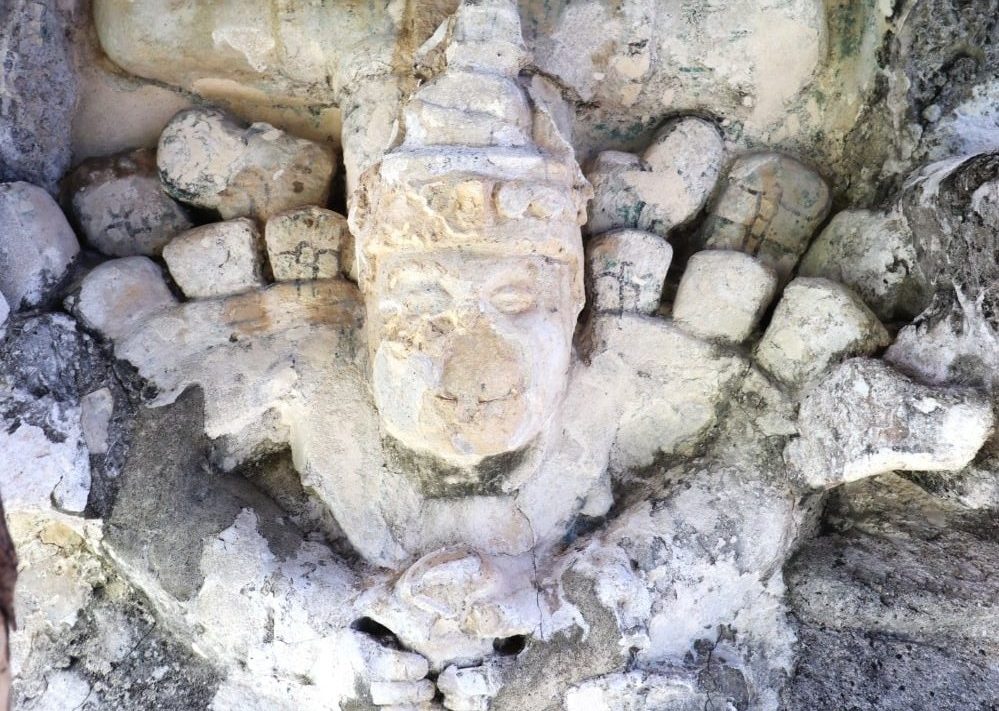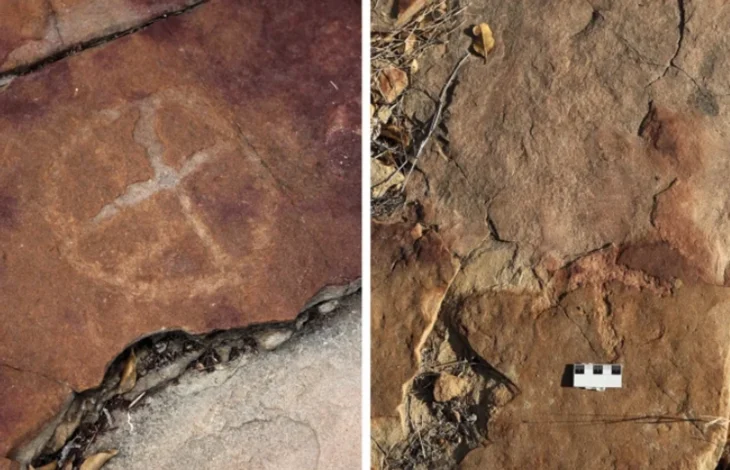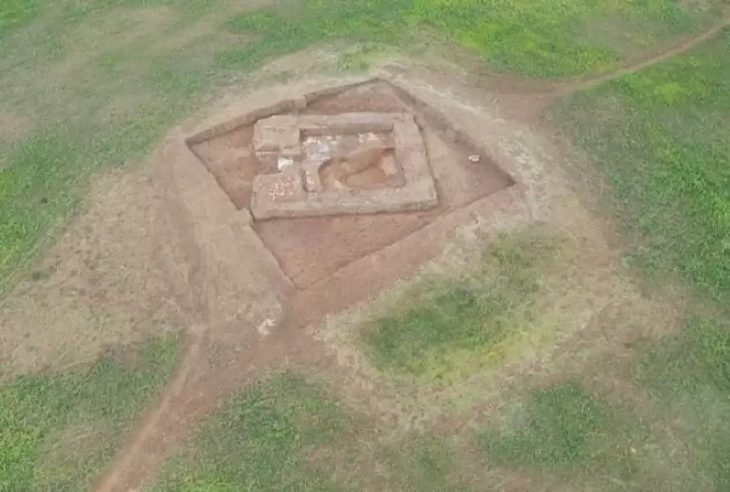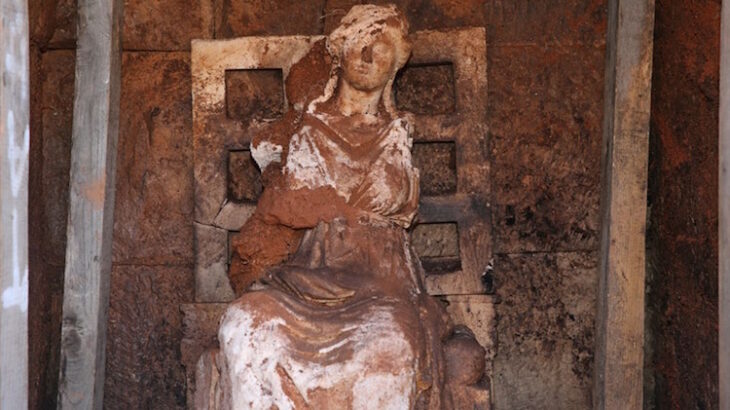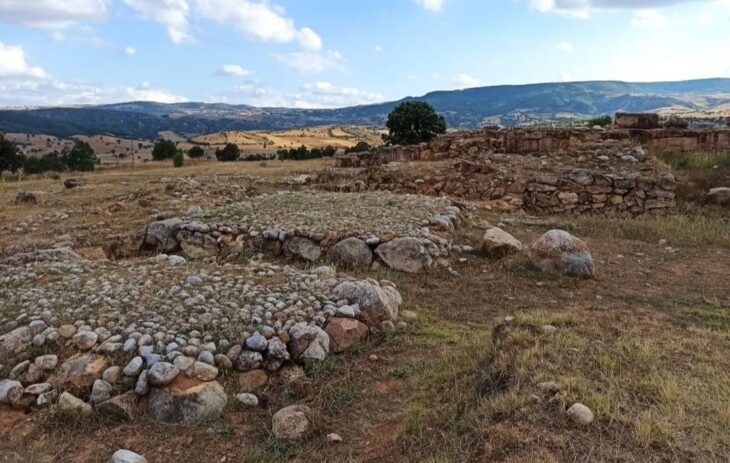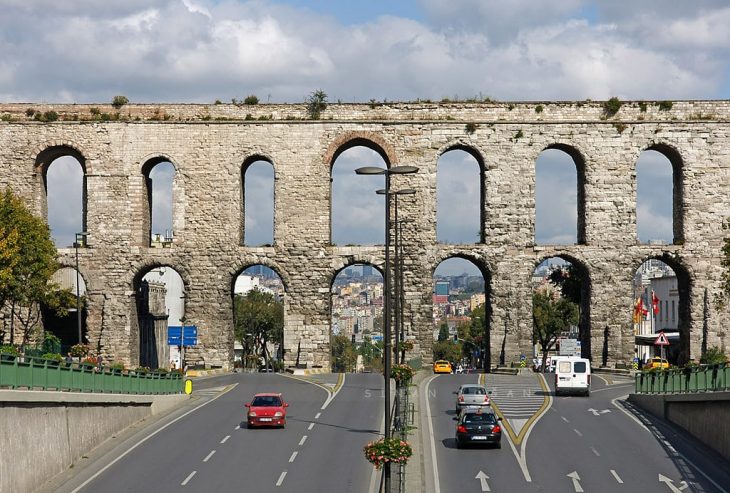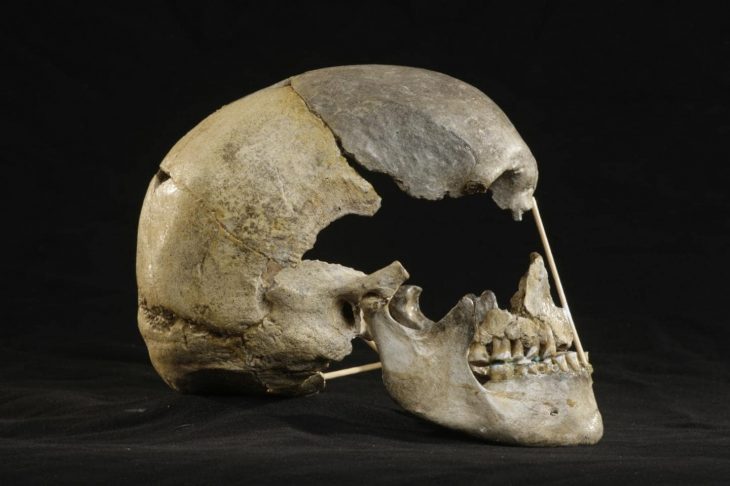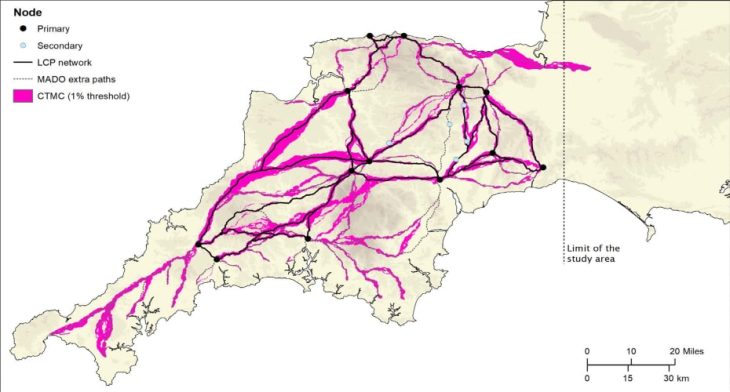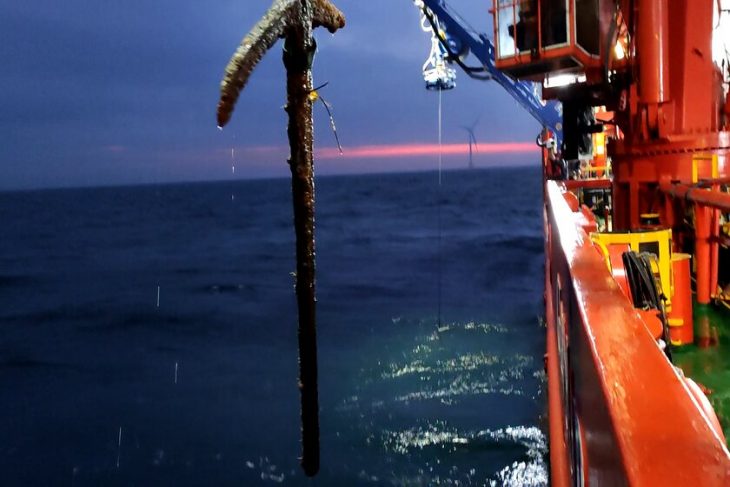The National Institute of Anthropology and History (INAH) says the splendor of the seven Descending Gods of Tulum has resurfaced. The work consisted of cleaning, adhesion of fragments, filling of gaps, patching, and color reintegration.
In December 2023, the restoration stage of the seven figures of descending gods and murals of the Conservation Project of Movable Assets Associated with Real Estate, of the Archaeological Zone of Tulum, in Quintana Roo, was completed, as part of the Archaeological Zones Improvement Program (Promeza), within the framework of the Mayan Train works.
During this project, the conservation-restoration of the mural painting and the stucco and flattened reliefs of the most emblematic buildings of the site was carried out. Those included the temples of the Frescos and the Descending God, the houses of Chultún and Halach Uinic (Palace of the Great Lord), and El Castillo, in which representations of said deity are preserved.
Tulum’s buildings date from A.D. 1250-1550, but features from earlier periods, such as a stela from A.D. 564, have also been discovered. As a result, INAH believes the city may have been founded earlier, possibly as a dependent territory of the nearby Tankah ruins.
Tulum is believed to have been dedicated to Venus. Some building facades feature figures of a descending god depicted upside down, who is associated with the sunset and believed to be connected to the planet. The entrances to structures with descending god figures are said to face the direction in which Venus sets.
📣 Our WhatsApp channel is now LIVE! Stay up-to-date with the latest news and updates, just click here to follow us on WhatsApp and never miss a thing!!
Little is known about the Descending God. However, the Descending God is associated with Ah Muu Zen Caab, the Maya God of Bees. This is not surprising, considering that honey was the staple export commodity in the Mayan trade between Tulum and Cobá.
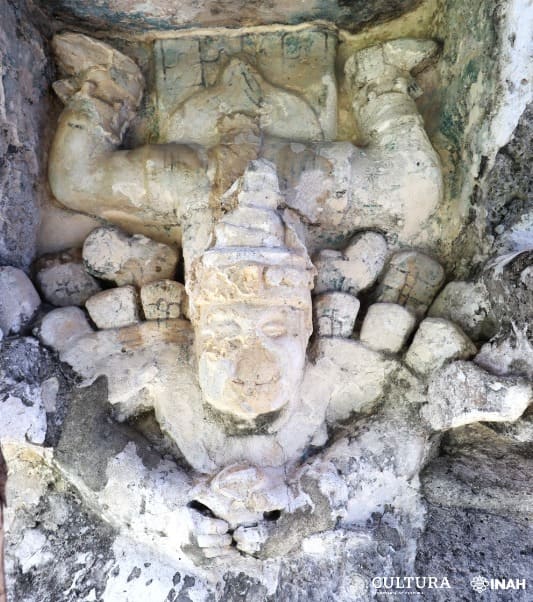
The person responsible for the restoration project, Patricia Meehan Hermanson, explained that the descending god was the emblematic figure of the Costa Maya Oriental region in Quintana Roo.
Restaurateur Jesús Antonio Muñoz Cinta, who is part of the team, explained that its typical contorted position evokes a falling human body whose legs are open and flexed upward.
“The torso, from its back, is perceived partially or completely, the arms semi-arched, downward, holding some object, and the head almost always faces the viewer. Some of his attributes and attire tend to vary,” he said.
“Although images of characters in a descending position have been located in various areas of Mesoamerica, it is on the Eastern Coast where it takes a leading place, modeled in stucco attached to the architecture of several buildings in places such as Tulum, Cobá and Tancah, in addition having been represented in ceramics, codices and mural painting, during the Postclassic period (900-1542 AD),” he added.
During the field season that has just concluded, the seven descending gods found to date in Tulum were preserved. Other restoration projectes included Building 16 or Temple of the Frescoes where two were restored.
In Building 25 or House of Halach Huinik, one of the best preserved and most striking is located. Another is in the Temple of the Descending God, the best known in Tulum for giving its name to Building 5, which also preserves a high percentage of its body and the painting that decorated it. The remains of one more were found in a niche in Building 20.
In Building 1 or The Castle has two more figures, one is in the center of the temple frieze, and the other, below in the vaulted hallway, as part of a complex scene in a wall painting.
Cover Photo: INAH

